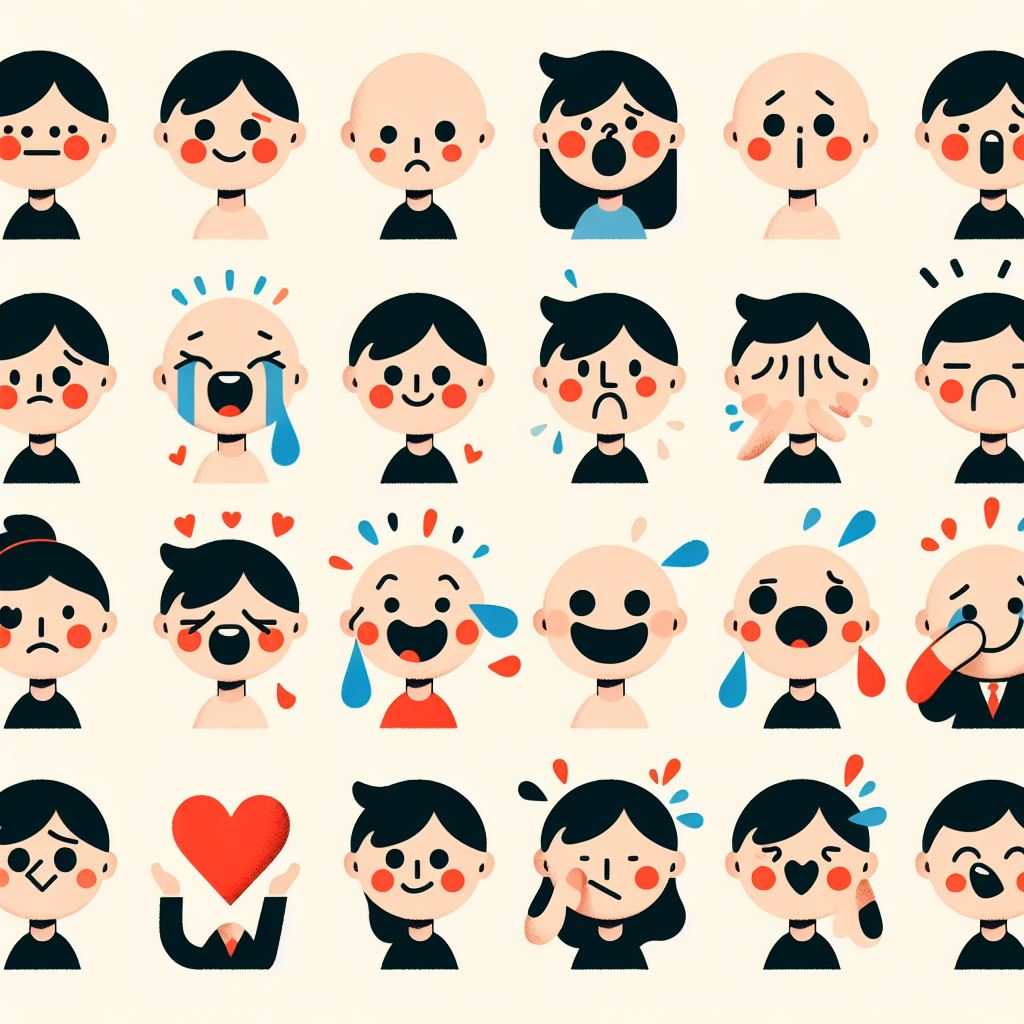
There are many different ways scientists have broken down the classification of emotions, but there is still no clear consensus.
Psychologists have yet to fully tackle the question “How many emotions do we have?”
Part of the difficulty is because our experiences are so complex and involve so many different factors, so distinguishing one emotion from another is a lot like drawing lines of sand in the desert. It can be hard to determine where one emotions ends or another begins.
While being able to label your emotions has been shown to improve mental health, we also must recognize and accept the emotional complexity of our daily lives.
When we analyze a commonsense emotion like “happiness” or “anger,” we know from everyday experience that these emotions come in many different degrees, qualities, and intensities.
In addition, our experiences are often comprised of multiple emotions at once, which adds another dimension of depth and complexity to our emotional experiences.
Despite how difficult these distinctions may be, plenty of psychologists have attempted to classify our emotions into different categories.
Early philosophy of mind posited that all emotions could be categorized as either “pleasure” or “pain,” but since then more in depth theories have been put forth.
Here are the main theories of emotional categorization that have been researched so far.
Ekman’s List of Basic Emotions
Ekman devised his list of basic emotions after doing research on many different cultures. He would describe a situation and ask individuals to choose a facial expression that best fit. He would also show photographs of different facial expressions and ask individuals to identify the emotion. Across all cultures studied, Ekman found 6 basic emotions:
- Anger
- Disgust
- Fear
- Happiness
- Sadness
- Surprise
You’ll recognize that 5 of these are represented in the Pixar movie Inside Out (Joy, Sadness, Fear, Anger, and Disgust), which can be a great introduction to emotions for children.
Ekman added to this list in the 1990s, but stated that not all of these can be encoded via facial expressions:
- Amusement
- Contempt
- Contentment
- Embarrassment
- Excitement
- Guilt
- Pride in achievement
- Relief
- Satisfaction
- Sensory pleasure
- Shame
Plutchik’s Wheel of Emotions
Robert Plutchik created a new conception of emotions in 1980. He called it the “wheel of emotions” because it demonstrated how different emotions can blend into one another and create new emotions. Plutchik first suggested 8 primary bipolar emotions: joy versus sadness; anger versus fear; trust versus disgust; and surprise versus anticipation. From there Plutchik identified more advanced emotions based on their differences in intensities. If you look at the diagram below you can see how each emotion relates to the other:

Parrots’ Classification of Emotions
The most nuanced classification of emotions so far is probably Parrots’ 2001 theory. Parrot identified over 100+ emotions and conceptualized them as a tree structured list:


Research on Emotions In The Future
As you can tell, there is a lot of disparity on how researchers choose to group different emotions. It’s amazing to me how despite all the technology and scientific advancements we’ve made, we still don’t have a clear-cut answer on how many emotions the human mind is capable of experiencing.
I assume that future research is going to build on the above theories and start identifying the neural correlates between each emotion (measured through fMRI brain scans). Neuroscience is probably the only way to determine an “objective” measure of what emotions we have and how they are related to one another.
Unfortunately, there is still a lot of research to be done, so we are probably going to have to sit and wait until we can learn more about the full emotional range of the human mind.
Enter your email to stay updated on new articles in self improvement:
